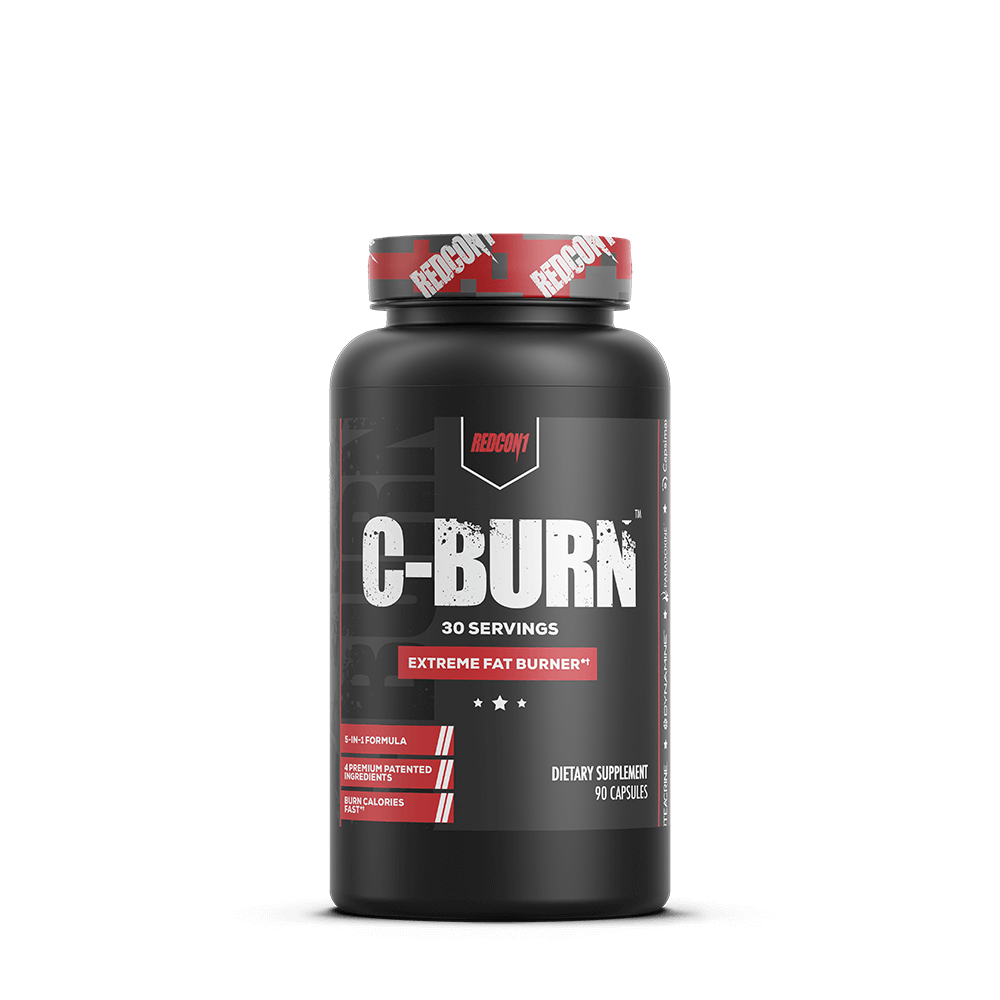It’s easy to get set in your ways while in the gym and repeat the same exercises with the same weekly split and watch your progress begin to plateau. Over the career of a weightlifter or bodybuilder, there’s a natural max out of potential that will happen. Meaning, there’s going to be a maximum amount of weight that someone is going to be able to lift – we all can’t be strongmen, even they can only get as muscular and strong as their bodies allow. While getting closer to that near maximum lifting weight, there’s ways to train that will help your body progress and keep evolving towards its full potential.
Train the Same, Remain the Same
The great part of the gym is the results you see in your body. The weight lifting and cardio done evokes a response in the body to get increasingly stronger, larger muscle mass and reduce adipose fat. The body responds like this out of the necessity to adapt to the training imposed upon it. But, the problem is that once your body has adapted to the training, you can see less and less results, usually hitting plateaus.
The easiest answer is increase the weight you’re lifting and continually change the cardio. But, there are situations where you won’t have two hours a day to be in the gym. Life happens and instead of spending an hour on the stair mill to burn calories on a daily basis, change your cardio to HIIT (high intensity interval training). Continually change what you’re doing to raise your heart rate as well as stimulate your metabolism to keep your body guessing and burn fat. For example, I rotate my forms of cardio on a six-week rotation – two weeks of only HIIT cardio, two weeks of HIIT on days I don’t lift with steady state cardio on lifting days and two weeks of only steady state cardio that will raise my heart rate above one-hundred-thirty beats per minute.
Similar to cardio, keep altering what you are doing with weights to bring about changes you’ve seen slow down or a complete lack of progress. A simple fix could be changing the exercises in your weekly split or even change the order that you are performing exercises to evoke a response in your body to break plateaus. The next step could be switching around the days of your weekly split to help to keep your body less adapted.
You can also question if you’re training hard enough or if you’re over training. If you’re over training, try taking more days off and spend less time in the gym to allow your body the recovery it needs. When you aren’t putting all of your effort into the gym and giving a half-assed effort, increase the time and number of days you’re in there. Spend more time devoted to earning the results you want with more intensity in tempo while doing your workout as well as training more often. Giving your body new challenges to overcome with training will give you results when hitting lulls in progress.
Knowing When to Change Your Workout
As much as I’d love to say there’s strict guidelines as to when you should change your workouts, there is nothing set in stone. It can be subjective as to when you want to make changes in training, but several different factors can indicate you’re at a point where variations in program are needed. A time for change can be when you’ve achieved the goals you have set for yourself. Part of what I love so much about the gym and fitness is the ability to challenge yourself and successfully achieve what you want out of your physique or athleticism. Once you have done so, a new set of goals can bring about a new training protocol due to different demands. For example, you could be switching focus from competitive bodybuilding to competitive CrossFit – completely different goals with vastly different kinds of training required.
As much as we all dread strains, pains and injuries, they warrant a change in training. Doctors are not everyone’s preference of addressing injuries, but it is the smartest way to find the cause of the pain and treat it – determine what is wrong and correct it. While nursing injuries or strains back to health, change the exercises in your routine. Avoid what causes you grief and find sufficient substitute exercises to work the muscles without causing further harm to your body. Instead of doing barbell back squats to target the glutes on leg days that’s causing your knees to scream at you, try smith machine glute bridges and give those knees a break.
Getting complacent in variety of workout can create a situation where your body has become so well adjusted to the training that it no longer has the same effect you want out of your training. When you are persistently doing one particular exercise for long periods of time, the less your body is going to respond. If you continue with the same exercise and demand change from your body by adding more and more weight, you are risking injury and even overuse injury. Use variety in your training to avoid situations where you run the risk of injuring yourself or spinning your wheels without getting anywhere.
Change of workout can be a very useful tool to continue to progress through goals and achieve desired results from your time spent in the gym. Be careful not to create so much variety that you cannot become proficient or competent in certain exercises. Identify when you’ve hit plateaus or progress has slowed, recognize when you feel pain or strains and adjust exercises accordingly. Learn to identify situations where change is warranted and use change as a tool to achieve your maximum potential.
Written by: Samantha Meinrod
IG: @sammiegirl_fitness
Email: sammiemeirod@gmail.com

